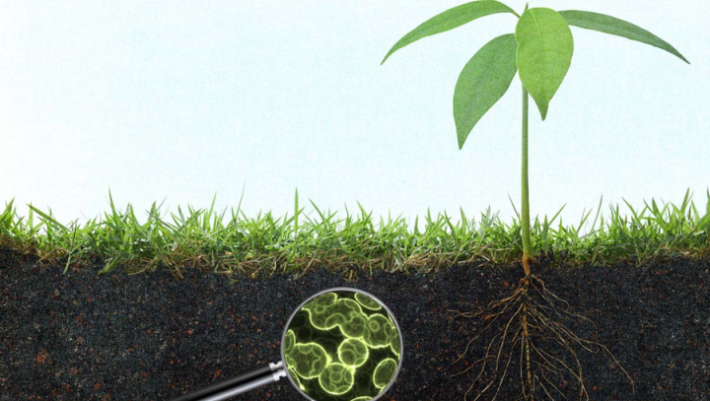The Road to Resilience
In the last year, a revolution in thinking about the dynamics of life on this planet has occurred. The idea behind this revolution is that, except possibly in the very beginning, life has designed this world rather than just being the passive recipient of beneficent geophysical conditions that randomly occurred on our planet. This is not a new idea, but our collective thinking has developed to the point that we can now appreciate its significance.
Life is dependent on the existence of water, energy, and the minerals and molecules that are its building blocks, but life decides what to do and when. We’ve known forever that leaves seek the light, roots seek water, and all life forms migrate to places that are most beneficial to them. We also have known for some time that it was plants that manufactured oxygen, which didn’t exist to any significant degree before them. This last fact is just the beginning of our understanding of how life has actually fashioned this world to further itself.
The Importance of the Microbiome of Soil
The latest realizations have not occurred before now because we have been largely unaware of the importance microbial life. Out of sight, out of mind. We now know that much of the precipitation on land occurs because microbes dispatched by plants rise into the atmosphere and act as hydroscopic precipitation nuclei. They seed the clouds and allow condensed water vapor to coalesce into droplets big enough to fall as rain. Clouds and haze, as you know, are condensed water vapor, but they will not produce rain without hydroscopic nuclei to form droplets.
By far the most important realization becoming general knowledge is the importance of the microbiome of soil. Until very recently, we thought of soil as an inert mineral medium which held plants and the nutrients they needed to grow.
Now we know that the microbiome is not only the most important ingredient of soil, it can actually be considered to be the main identifying feature of what we call soil.
Coincident with this realization is the importance of the microbiome living in every multicellular animal. We now know that the microbiome is the greater part of what we generally consider to be “us.” This may call for a new definition of self that we are not yet ready to accept.
The microbiome of soil is made up of thousands of different microbes, both plant and animal as well as thousands of kinds of fungi. These work together to actually create the structure of healthy soil, the “soil-carbon sponge” that I have written about before. Without these life forms, the remaining mineral content has no structure, will blow or wash away, and will grow plants only if fertilizers that are readily assimilable by plants are applied. This is the condition of most of our modern industrial agricultural soils.
The Soil Regeneration Movement
One of the most promising developments today is the soil regeneration movement. This is a drive to spread the word about healthy soil and how to make it. The first prerogative is the care and feeding of the microbiome. Extra inputs may be required to revive our seriously depleted soils, but soil with a healthy microbiome needs only the natural input that any undisturbed soil would need: plants, animals, dead organic matter, variously processed organic matter, better known as “poop,” and water. As we know, healthy soil readily absorbs and holds water, so drought and flooding are less likely to occur.
In fact, there are no apparent downsides to creating healthy soil. Farmers find that less work, less additives, better water retention, and better yields just mean more money in the bank. When they find that they also can get paid to create carbon sequestering soil, it gets even better. Right now, the Sustainable Farms and Fields Act, which pays farmers to sequester carbon, has already passed the Washington State Senate with bipartisan support and is now likely to get passed in the House.
Nature will heal the world if we just defer to it rather than expecting it to defer to us.
Source:
“The Microbiome” Terry Sullivan,VashonLoop.com, Retrieved 03 March 2020. <http://vashonloop.com/columns/road-to-resilience/the-microbiome/>.

